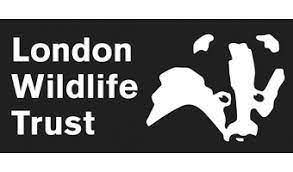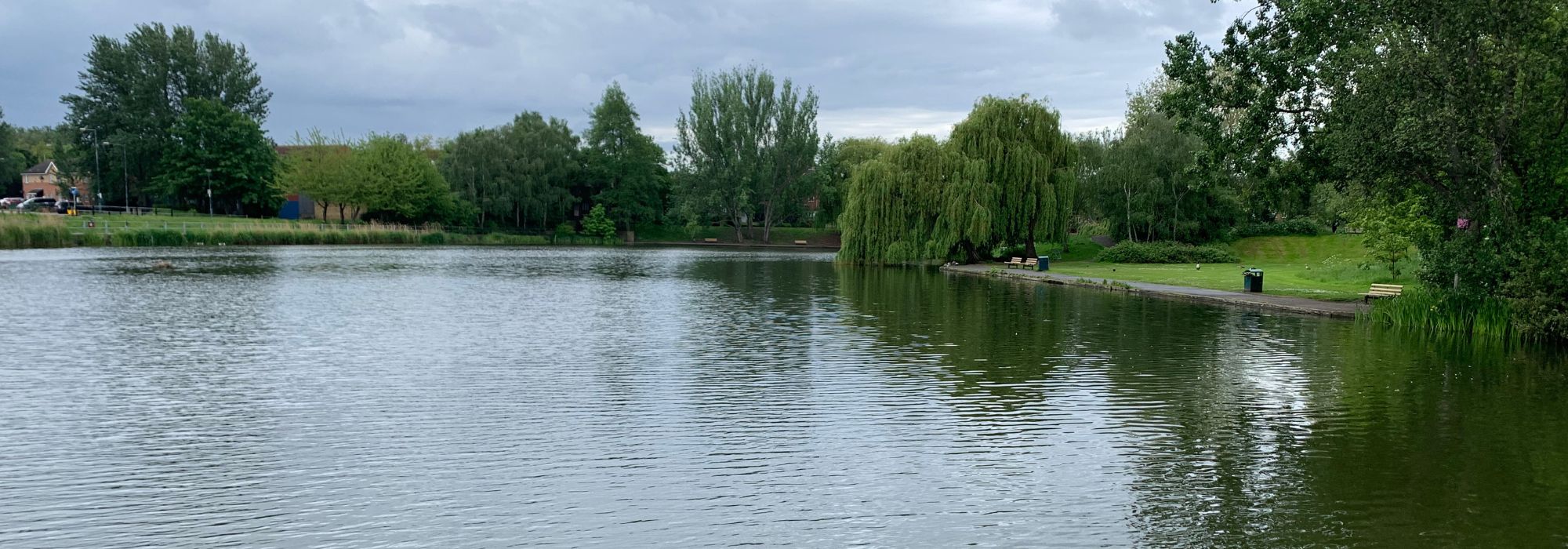Thamesmead – Gallions Lake and Butts Canal Restoration
Since 2017, Thames21 has worked in partnership with the London Wildlife Trust, housing association Peabody and local communities on the Thamesmead Habitat Enhancement Project to improve the canal network in Thamesmead.
Thamesmead, located in south-east London, has 7km of canal and five major lakes, all of which are owned and managed by Peabody, one of London’s largest and oldest housing associations. It mainly consists of social housing built from the mid-1960s onwards on former marshland on the south bank of the River Thames.
As a result of this Thamesmead Habitat Enhancement Project, more than 410m2 of floating habitat islands (including reedbeds) have been installed at nine sites around the Thamesmead area – a win for wildlife and for people.
History
In order to better understand the achievements of the project, it is important to understand the history of Thamesmead. Built on reclaimed Thames marshlands, Thamesmead has been drained and the water consigned into a network of artificial canals and lakes before draining directly to the Thames Estuary via several sluices. This mostly culverted watercourse is part of a complex drainage system that protects local residents and businesses from flooding. Generally, the canals in Thamesmead are concrete lined with the lakes having concrete banks (with the occasional small sections of natural banks) with a wide shelf around the edges and a natural bottom.
Gallions Lake
Gallions Lake lies in West Thamesmead, at Gallions Park.
Water from the system discharges into the Thames in four locations: Abbey and Plumstead Sluices, the pumping stations on Lake 4 (also known as the Pump Lake or Thamesmere) and Lake 5 (also known as Gallions Lake).
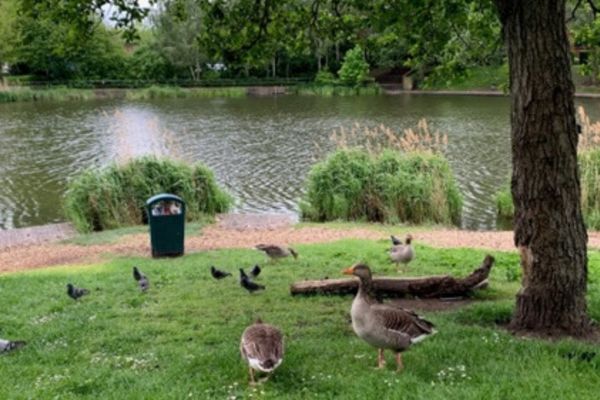
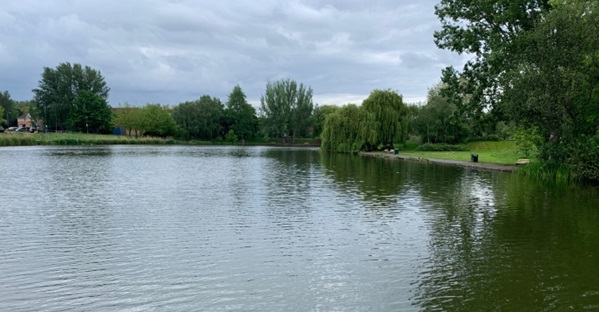
One of the main problems impacting Gallions Lake is road runoff from a bus station draining through surface water sewers and entering the lake through an outfall. This is reflected by large oil slicks that can be seen after heavy rainfall events.
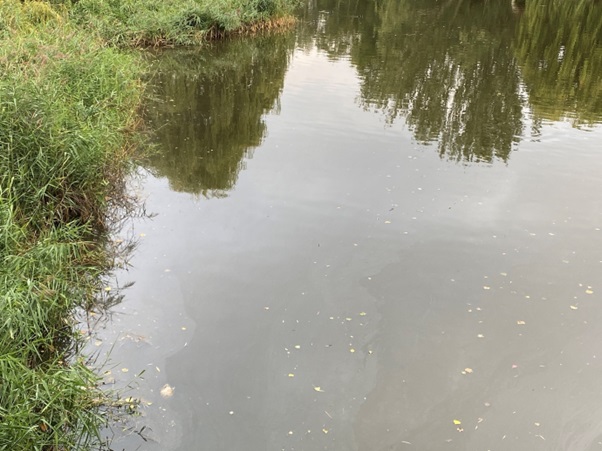
Gallions Lake Restoration Plans
The restoration project within Gallions Lake aims to improve the water quality by planting reedbeds and creating a wetland system. This will involve channelling the water through a series of small vegetated pools that will slow the velocity of the water to allow the sediment to sink and settle rather than travel with the water into the lake.
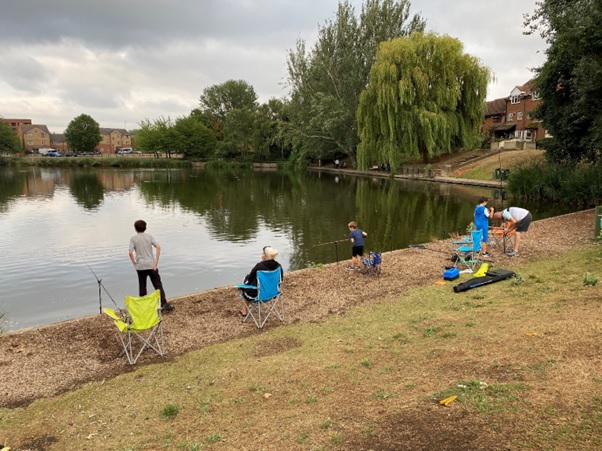
Both marginal and submerged vegetation provide habitat for fish, amphibians, invertebrates, and nesting opportunities for birds. By creating a reedbed/wetland system, Thames21 and our partners will help to improve the water quality and enhance connectivity between existing habitats around the lake which will in turn improve ecosystem resilience and increase the amenity value to the public.
Additional Interventions
Enhancing the reeds around the lake
Currently, the reeds around the eastern edge of the lake are single species and unkempt. This is also the area known as where fish spawn. By plug planting and adding variation to the species, we will make this area richer and provide additional cover for fish to spawn in this area of the lake.
Floating islands
Floating islands could be used in areas of the lake that are not well fished. The floating islands would consist of native flowering plants such as marsh marigold, purple loosestrife, flag iris, rushes and sedges. They attract invertebrates such as damselflies and dragonflies, provide wildlife habitat for wildfowl and places for fish to hide and spawn. Reeds filter pollution by taking up nitrates and phosphates, which enter the lakes from urban surface run-off.
Wildflower meadow
On the northern side of the lake, there is a lowland grassed area set back from the lake with a tarmacked path. Whilst the higher ground is notifiable as priority deciduous woodland, increasing the amenity value of the grass by planting with wildflower seed mix would not only increase the aesthetics of this, but improve the habitat for invertebrates around the lake.
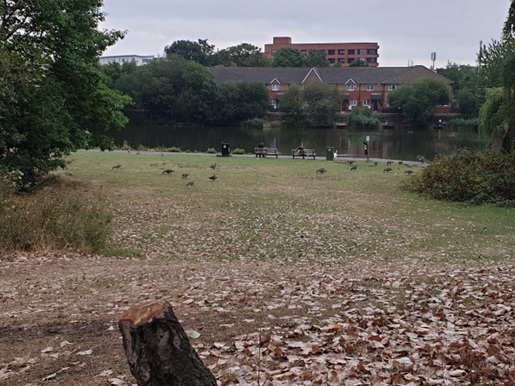
Butts Canal
Much of Butts Canal is concrete lined, creating a largely sterile aquatic environment. To address this challenge, different scales of intervention may be required. These could range from improving and making the canal’s banks more natural to improving the inner part of the canal.
Naturalising the canal involves making its banks more natural (less steep), to create varied water depth which can attract and support wildlife. Naturalisation will strengthen open water and marginal habitats. The creation of more natural banks will further benefit the aquatic environment. It will provide cover and additional habitat complexity through varying the intensity of light reaching the water. Fully developed marginal zones (banks) create corridors along which aquatic and terrestrial wildlife migrate, connecting wildlife hotspots.
Whilst Butts Canal only represents a small section of the whole network – it is the first real step to tackle issues in the canal system in a multi-functional way. Successes and lessons learnt here will be used as a benchmark for future work on the rest of the system. The canals in Thamesmead are all connected, so enhancements here will have a knock-on effect elsewhere in the system.

